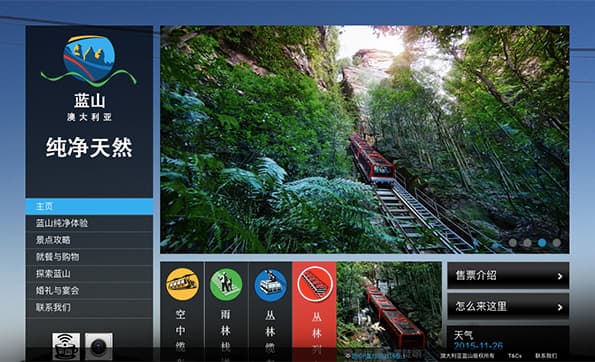China tourism grew well from the turn of the century to 2012. From 2013 to 2017 it became the great driver of inbound tourism, growing by an astonishing 128%. In December 2012, just over 626,000 short term travellers arrived from China. In 2019, nearly 1.5 million visited.
Then, of course, COVID-19 arrived and the market disappeared.
At time of writing, in September 24, China outbound has returned. In August 2023,China finally granted Australia ADS (Approved Destination Status) — essential for full access to the travel agency and group tour outbound market from China. The market grew very slowly, as many other destinations had already established themselves in the market — primarily Europe and SE Asia (Thailand & Vietnam in particular).
The latest Commonwealth government figures for monthly arrivals (June ’24) already list China as the number 2 market into Australia, after NZ; good growth. VFR was almost certainly a large component. Growing air capacity has also led to more appealing air fares. We see good growth continuing in mainstream leisure tourism from China along with the strong VFR.
Our team of Chinese speaking experts, headed by Nathan Hou, is already working hard on the market, and our expertise is available to you.
We have an office in China with expert staff and all regulatory requirements being met to operate in the PRC. Please contact us to talk about one of the most important and complex origin markets in which to engage.
Background
Australian Attractions first visited China in 1998 to promote our tourism clients, and correctly discerned the potential from that extraordinary country.
We remain committed to what is a large market with an appetite to visit western countries.
China is a complex market. It is far more than Beijing, Shanghai and Guangzhou. Its size, both geographically and in population, makes it many markets, with significant regional differences. We understand these regions and their differences, and are able to work these markets very cost-effectively.
Chinese social media
China’s language (and the very limited use of English) makes for a fairly closed Internet system. Strict management of the Internet by the Chinese Government further proscribes access to worldwide sites. The Chinese firewall, as it is known, has ensured that normal worldwide sites for travel like Tripadvisor and Viator are not accessible. Google has almost no footprint in China and the major search engine in China is called Baidu. Twitter and Facebook are also proscribed, and Chinese developed alternatives have emerged. The two major ones are Sina Weibo (normally referred to as simply Weibo) and WeChat. Both apps are used to reach people in China, and by Chinese visitors in Australia. It is not easy to define the two apps, but essentially Weibo is a broadcast medium and WeChat is more narrowcast and used by friends in closed groups.
We are happy to further detail use of Chinese social media to reach the inbound market, both before Chinese visitors leave China and once they are in Australia. Costs vary according to the targeted outcomes, and the work is labour intensive. Using Chinese social media also requires an understanding of Chinese culture and the best way to generate interest through that medium.
Our China market expert is highly skilled at generating contacts with both Chinese apps. Through innovative communications ideas and execution, we have delivered our client Scenic World Blue Mountains the highest number of Weibo followers for any tourist attraction in Australia — this for an attraction that is two hours from Sydney.
Australian Attractions has a Beijing office, to assist in our social media work and to maintain a program that is cost effective for our clients.
We also produce websites in China that are not simply translations but are effective communication in Chinese of the messages that our clients want to convey — like that of Scenic World (below).

